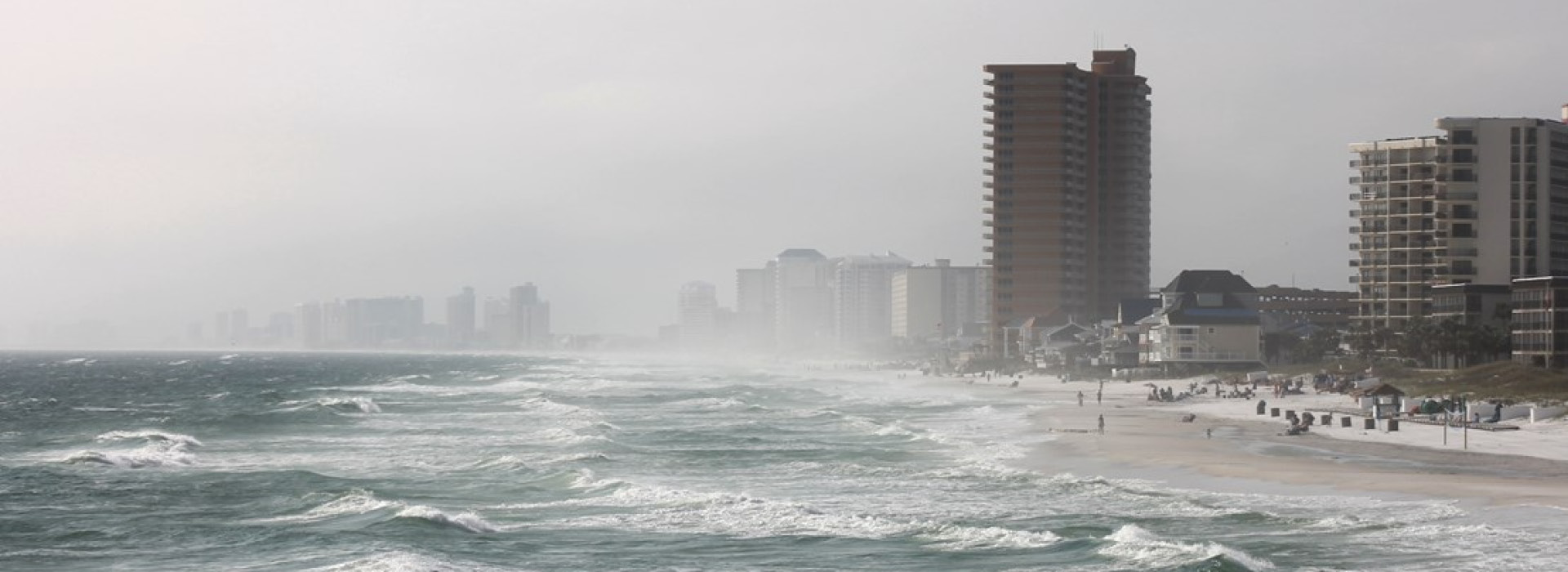News
Environmental Engineer Contributes to New Publication on Climate Change and Precipitation Impacts
Aug 14, 2020

One of STV’s leading experts on resilience design is helping to formulate best industry practices to protect some of our nation’s most critical assets against flooding and other natural disasters.
Rob Fields, P.E., ENV SP, LEED AP BD+C, an environmental engineer in our Buildings & Facilities Division in New York, co-authored two chapters in a new peer-reviewed Engineering Methods book by the American Society of Civil Engineers (ASCE). The book, “Engineering Methods for Precipitation Under a Changing Climate” was born from ASCE’s task committee on Hydroclimatology and Engineering Adaptation. Fields serves on the task committee, and his chapters are based on two papers he presented to ASCE.
“This committee focuses on how engineers are incorporating considerations for extreme precipitation and storm surge into engineering design and planning given an uncertain and changing future climate,” Fields said. “This includes connecting engineers with climate scientists to help direct the research toward inputs that are more usable on engineering projects.”
The committee held a workshop at ASCE headquarters in 2017 with engineers and climate scientists to review engineering methods for designing for and managing extreme precipitation and floods throughout the life cycle of a project, resulting in the book’s publishing.
STV has emerged as a nationally recognized leader on this topic following 2012’s Superstorm Sandy, as the storm caused more than $65 billion of damage throughout the New York Metropolitan Region and led to many of STV’s largest public clients to invest in creating more resilient and adaptable infrastructure. In 2018, Fields, along with Christopher Cerino, P.E., SECB, F.SEI, vice president and director of structural engineering in New York and Ryan Conry, P.E., S.E., SECB, associate and structural engineer in New York, all contributed to ASCE’s Manual of Practice, “Climate-Resilient Infrastructure: Adaptive Design and Risk Management.”
